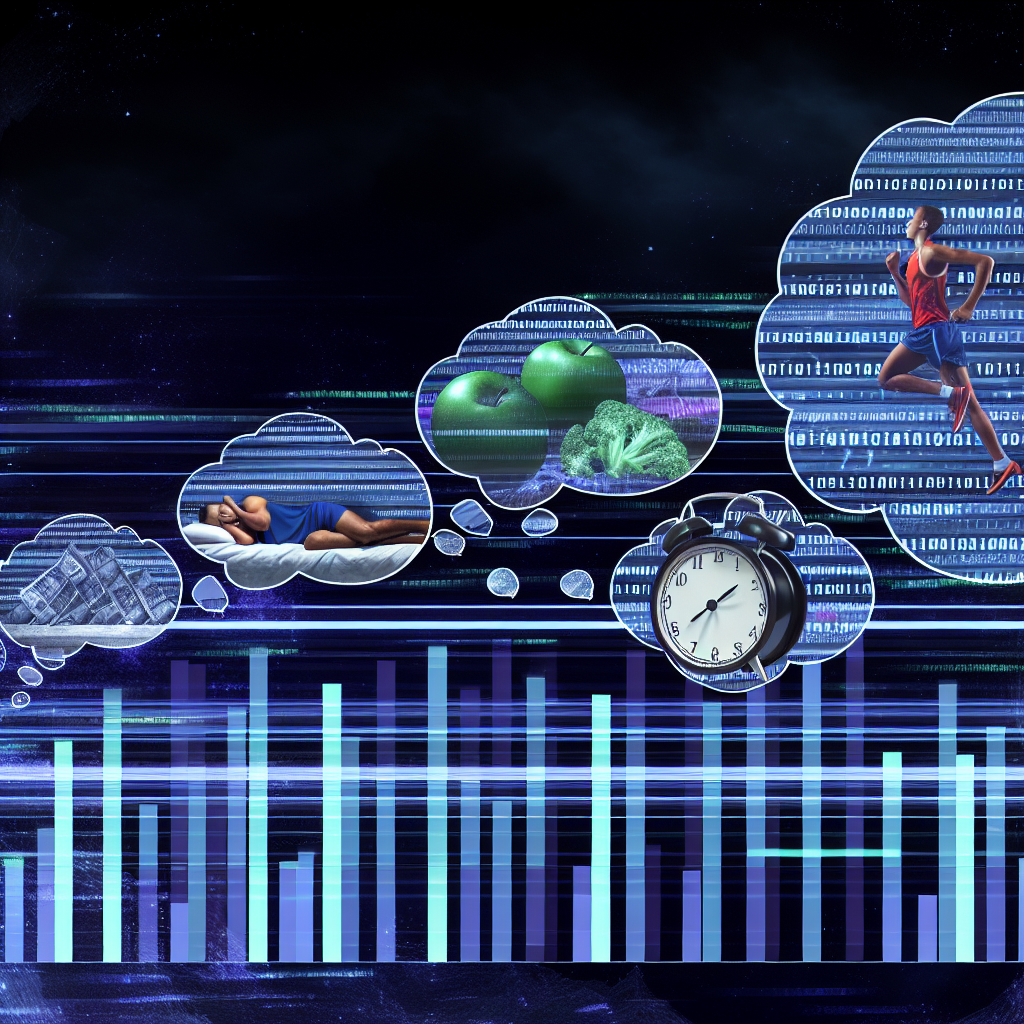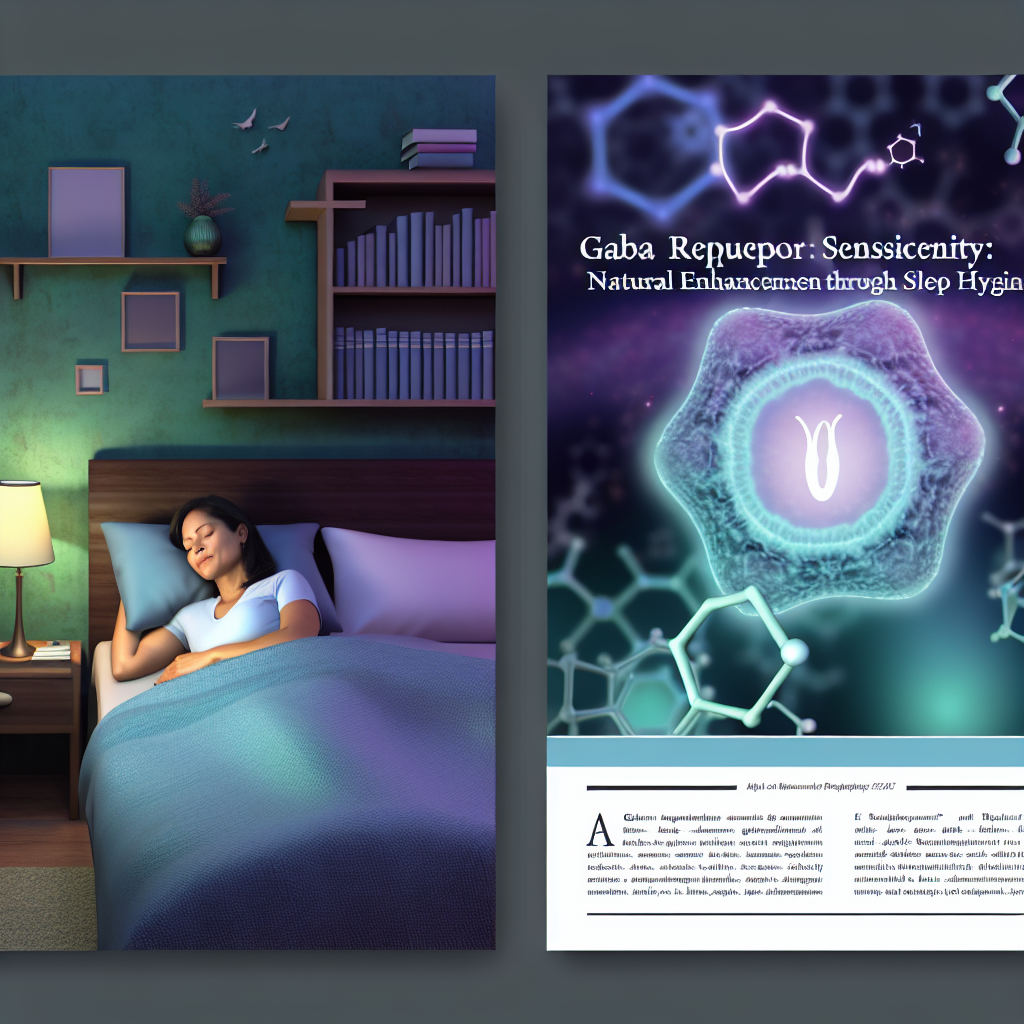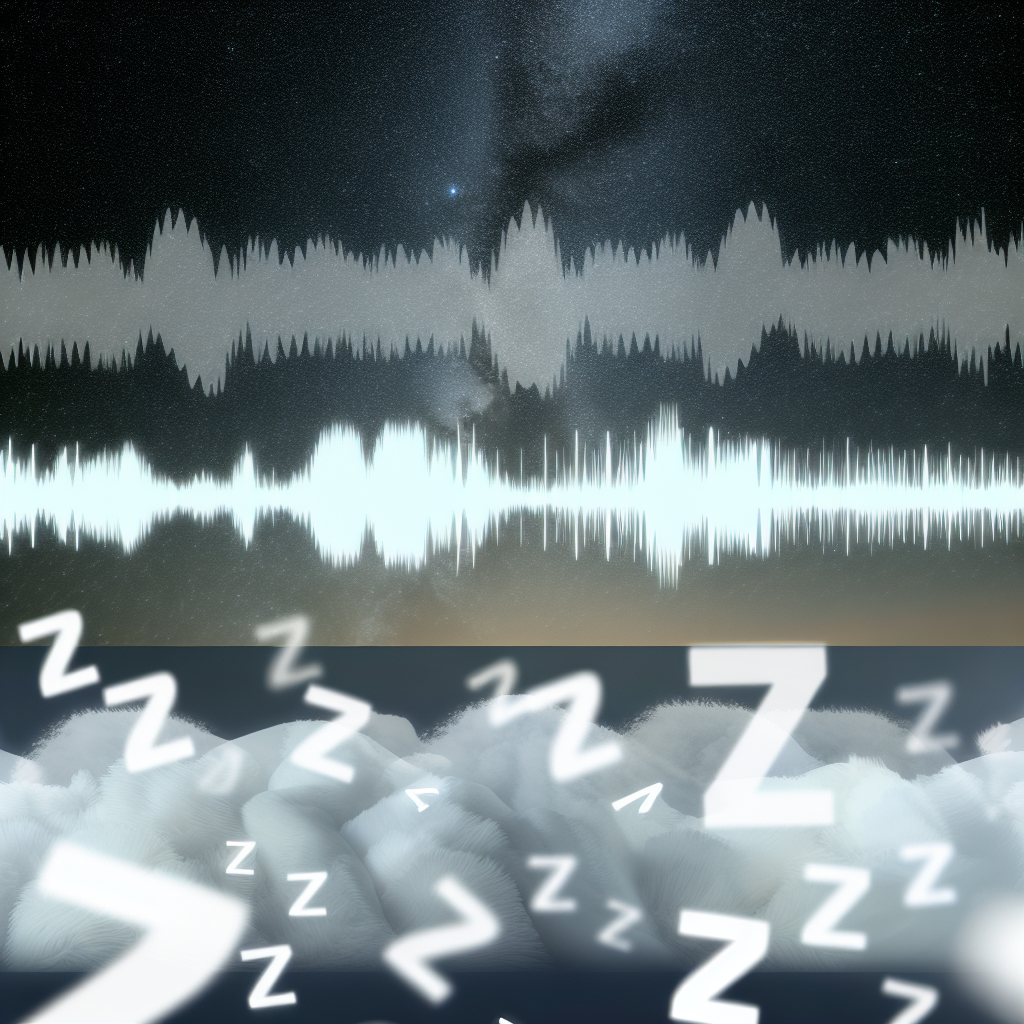Delayed Sleep Phase Syndrome: Chronotherapy Treatment Timelines
Understanding DSPS: A Misunderstood Biological Clock Disorder
In today’s fast-paced world, millions of individuals struggle with sleep disturbances—but not all insomnia or sleep difficulties stem from lifestyle habits or stress. One such condition, often underdiagnosed yet significantly disruptive, is Delayed Sleep Phase Syndrome (DSPS), also known as Delayed Sleep-Wake Phase Disorder. This circadian rhythm disorder makes it exceedingly difficult to fall asleep until very late—often after midnight—and to wake up at socially acceptable or work-required times.
Despite an adequate sleep duration, those with DSPS frequently experience chronic sleep deprivation due to societal demands. This can lead to decreased performance, mood disturbances, and even long-term health complications.
DSPS typically begins during adolescence and can persist into adulthood if not properly addressed. It is not simply a preference for staying up late but rather a biological delay in the body’s internal clock. For children, teenagers, and adults alike, living with DSPS can present serious challenges—from missing school or work to social isolation and declining mental health.
Introduction to Chronotherapy: Resetting the Sleep-Wake Cycle
Among newer, evidence-based treatment options stands chronotherapy—a method designed to systematically reset one’s internal clock. Unlike temporary fixes like sleep medications or relaxation techniques, chronotherapy tackles the root cause of DSPS: circadian misalignment.
Chronotherapy involves gradually shifting one’s sleep period to realign the body’s rhythm with a more functional schedule. It requires careful planning and is typically conducted under medical supervision to ensure healthy and sustainable results.
This article explores the science behind chronotherapy, highlights research supporting its use in treating DSPS, and outlines treatment timelines and real-world expectations. For anyone affected by DSPS, this guide offers valuable insights into reclaiming restful, regulated sleep.
The Science Behind Chronotherapy: How It Resets the Body’s Clock
Chronotherapy is grounded in a deep understanding of circadian rhythms—biological processes synchronized with the light-dark cycle over 24 hours. In individuals with DSPS, this internal rhythm is delayed, often by several hours, preventing sleep onset until late at night.
Research dating back to the 1980s by Czeisler and colleagues at Harvard Medical School revealed that the human body adjusts more easily by delaying (lengthening) the sleep phase rather than advancing it. This explains why certain chronotherapy protocols—especially those delaying bedtime rather than advancing it—are more successful for DSPS.
Key Approaches in Chronotherapy:
– Progressive Phase Delay: Delaying bedtime by 1–3 hours each night until reaching the desired sleep schedule. This method effectively “walks around the clock” and is supported by the Journal of Clinical Sleep Medicine.
– Combined Chronotherapy: Uses both gradual schedule changes and tools like bright light therapy and melatonin supplements. Studies in the journal Sleep found that pairing early light exposure with sleep schedule modifications improved morning alertness and reduced DSPS symptoms.
Chronotherapy in Action: Typical Treatment Timelines and Tools
Treatment timelines for DSPS often vary depending on the severity of the individual case and how responsive a person is to schedule changes. However, here are general guidelines based on leading clinical practices:
– Progressive Phase Delay often spans 10–14 days, shifting the sleep schedule later each night by 1 to 3 hours until desired timing is reached.
– Combined Chronotherapy with Light Therapy and Melatonin can extend over 4–6 weeks, especially in adolescents whose circadian rhythms tend to be more resistant to change.
During this period, precision is critical. Light exposure must be well-timed—generally bright light in the morning and avoidance of blue light after dark. Melatonin is typically administered in the early evening to support the initiation of sleep.
Modern interventions have also begun to incorporate wearable light therapy devices, further streamlining and personalizing treatment. According to recent NIH findings, these wearables play an important role in reinforcing new sleep patterns.
Maintaining Results: Stabilizing the New Sleep-Wake Schedule
Chronotherapy doesn’t end once the target schedule is reached—it enters a crucial maintenance phase focused on preserving your results:
– Keep a consistent bedtime and wake time—even on weekends.
– Prioritize morning light exposure to reinforce your body’s new timing.
– Avoid screens or bright lights late in the evening.
– Consider continued use of melatonin, if recommended by your doctor.
Without strict adherence, it’s easy to fall back into delayed patterns, especially during life disruptions such as vacations or changes in routine. Following through on light management and behavioral consistency is the key to long-term stability.
Final Thoughts: A Hopeful Approach for DSPS Sufferers
Delayed Sleep Phase Syndrome remains a challenging but manageable disorder that affects people of all ages. Understanding that DSPS is rooted in internal biological processes—not laziness, rebellion, or poor habits—is essential to its proper identification and treatment.
Chronotherapy, with its structured and scientific approach, offers a powerful, non-pharmacological solution. Though it takes time, effort, and consistency, when done correctly under professional guidance, chronotherapy can help synchronize the body’s sleep-wake cycle with real-world responsibilities—improving sleep, mood, productivity, and overall quality of life.
**Summary:**
Delayed Sleep Phase Syndrome (DSPS) is a circadian rhythm disorder that causes an internal biological delay, making it difficult to fall asleep until late at night and wake up in the morning. Chronotherapy, a method of gradually resetting the sleep-wake cycle, has been shown to be an effective non-pharmacological treatment for DSPS. This article explores the science behind chronotherapy, typical treatment timelines, and strategies for maintaining long-term results, offering hope for those struggling with this misunderstood sleep condition.
**References:**
– [Harvard Medical School – Division of Sleep Medicine](https://healthysleep.med.harvard.edu/healthy/science/what/circadian-rhythms)
– [Journal of Clinical Sleep Medicine](https://jcsm.aasm.org)
– [Sleep Journal – Light Therapy and Adolescents with DSPS](https://academic.oup.com/sleep)
– [National Library of Medicine – Light Therapy Interventions](https://www.ncbi.nlm.nih.gov/pmc/articles/PMC2913512/)
– [American Academy of Sleep Medicine – Clinical Guidelines](https://aasm.org/clinical-resources/practice-standards/clinical-practice-guidelines/)
For more expert advice and clinically reviewed sleep content, visit: [https://www.medoze.com](https://www.medoze.com)

Dominic E. is a passionate filmmaker navigating the exciting intersection of art and science. By day, he delves into the complexities of the human body as a full-time medical writer, meticulously translating intricate medical concepts into accessible and engaging narratives. By night, he explores the boundless realm of cinematic storytelling, crafting narratives that evoke emotion and challenge perspectives.
Film Student and Full-time Medical Writer for ContentVendor.com




